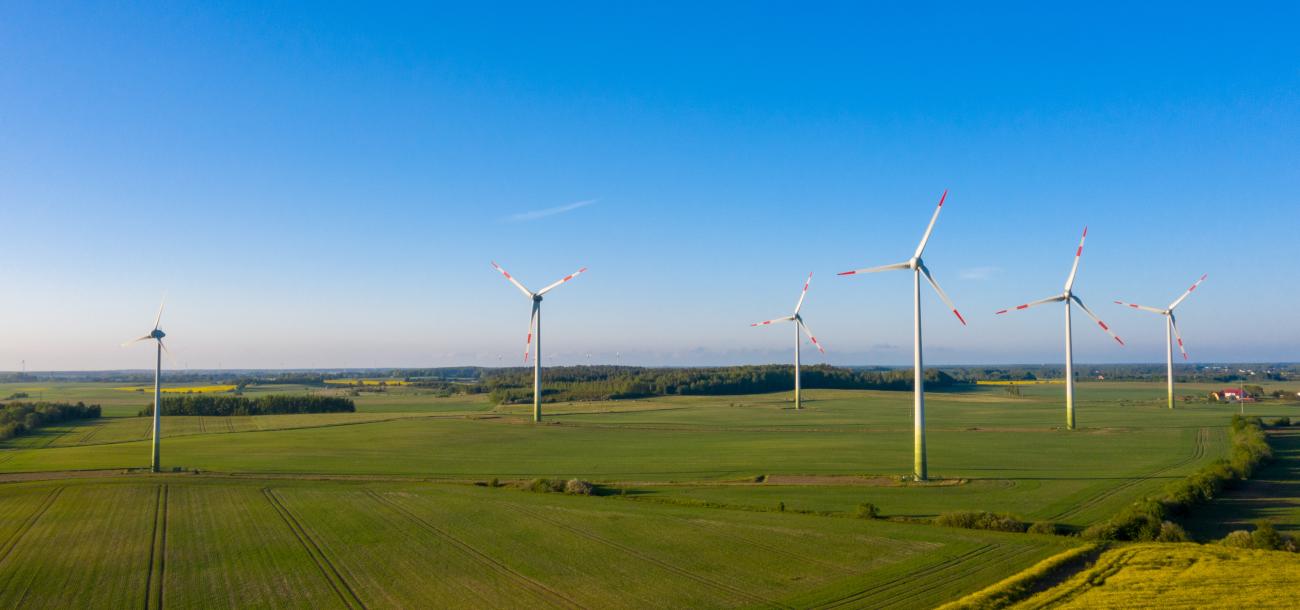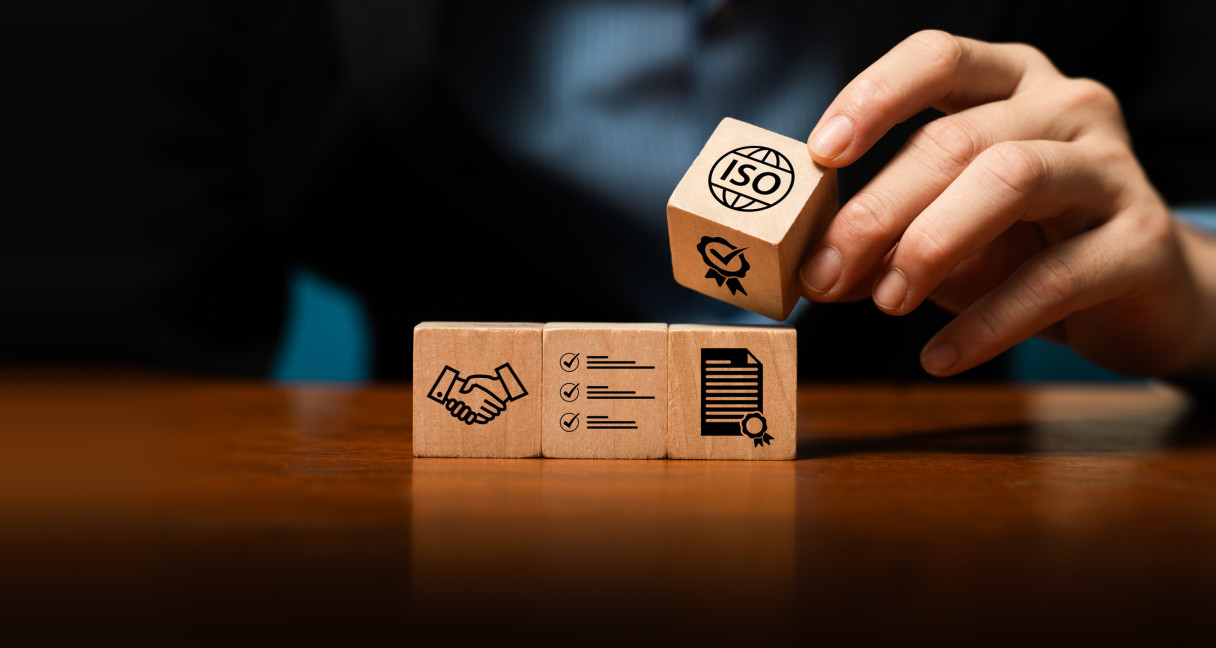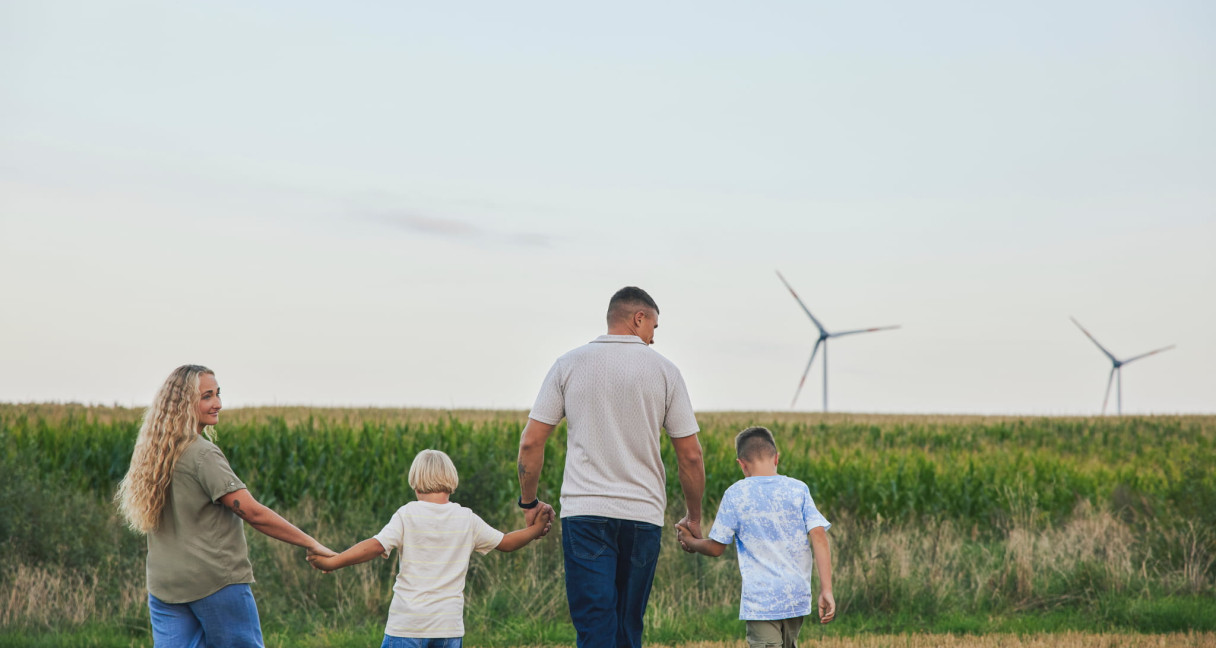Ignitis Renewables: five facts about wind turbines on the occasion of Global Wind Day
Hundreds of thousands of people work in the wind energy sector around the world, but wind energy is still a mystery to many. That’s why Global Wind Day is celebrated every year on June 15 to discover the benefits and potential of wind energy to change the world. Ignitis Renewables, an international green energy company that produces energy from wind, presents five facts about wind power generation.
“Wind is one of the renewable energy sources that generate sustainable and green electricity. It is an inexhaustible resource allowing to produce clean energy, which helps reduce air pollution and slow climate change. Wind farms also help to ensure Lithuania’s energy security and reduce fossil fuel imports,” says Paulius Kalmantas, Communications Partner at Ignitis Renewables.
The spokesperson points out that wind turbines are manufactured in different shapes and sizes to convert wind energy into electricity, but the most common design is three blades mounted on a horizontal axis. They can be mounted in a wide variety of locations: on hills, in open areas, attached to the seabed, while floating turbines may be installed in deep water.
Wind is one of the largest sources of renewable energy today
In Europe, wind energy is one of the most advanced in the world. According to the European Wind Energy Association, wind energy accounts for around 17 percent of the European Union’s electricity demand.
According to Mr Kalmantas, Lithuania is among the leaders on the old continent, but there is room for improvement. According to the Lithuanian Wind Power Association, last year the electricity produced by wind plants accounted for 13.5 percent of Lithuania’s final electricity consumption.
“Lithuania has an ambitious target of generating 100 percent of the country’s electricity needs from renewable sources. Wind energy is therefore playing an increasingly important role, and in the long term, wind turbines should produce more than half of Lithuania’s electricity needs,” says P. Kalmantas.
Wind energy is good for the environment
Wind energy is clean, free, and readily available everywhere in Europe. Wind turbines do not emit greenhouse gases like carbon dioxide (CO2) – the main cause of climate change – or any other air pollutants which affect our health. Wind energy’s water footprint is close to zero, unlike most other forms of electricity generation.
Wind farms can easily feature alongside agriculture and other human activities.
Wind energy is a strategic industry
“Wind energy does not need to be imported from other countries, and the more we use it, the closer we get to true energy independence. Every new turbine reduces our energy imports and the risk of fossil fuel price volatility. It also helps reduce our electricity bills,” says the spokesperson for Ignitis Renewables.
Wind farms bring huge economic benefits to the country. They create jobs and attract investment.
Wind energy is sustainable
“Along with many benefits for the climate, our energy security, the environment, and society as a whole, wind energy is sustainable. Wind turbines are made of standard materials like concrete, steel, and composite materials for blades,” states P. Kalmantas.
The wind industry and its supply chain are working to develop resource-efficient and sustainable materials, such as low-carbon steel and recyclable composites for blades.
The standard lifetime of a wind farm is around 25-30 years, with the lifetime of some wind turbines being extended to 35 years or longer. This can be achieved by upgrading the components of wind turbines. Wherever possible, wind farms are repowered by replacing old turbines with new ones.
Wind turbines can be recycled
When wind turbines reach the end of their life, wind farm developers take them down and restore the site to its pre-existing condition. Around 90 percent of a wind turbine’s total mass can be recycled. Most components of a wind turbine – the foundation, tower, and nacelle components – go through established recycling practices.
According to Mr Kalmantas, the remaining non-recyclable mass of the wind turbine mostly consists of the turbine blades. Because they are made of composite materials, they’re more difficult to treat than concrete or steel. But many solutions exist, and the wind industry is working to make them fully recyclable.
Currently the wind industry prioritises the reuse of decommissioned blades. This means repairing and upgrading them to extend their lifetime, or fitting them to other wind turbines. Old blades can also be reused for new purposes such as playgrounds, cycle shelters or small urban infrastructure.
Ignitis Renewables is an international green energy company operating in the three Baltic states and Poland. Its objective is to develop onshore and offshore wind, solar energy, biomass and waste-to-energy projects. Through the development of new projects, the company is pursuing the strategic goal of the entire Ignitis Group to achieve 4-5 GW of installed green and flexible power capacity by 2030.





